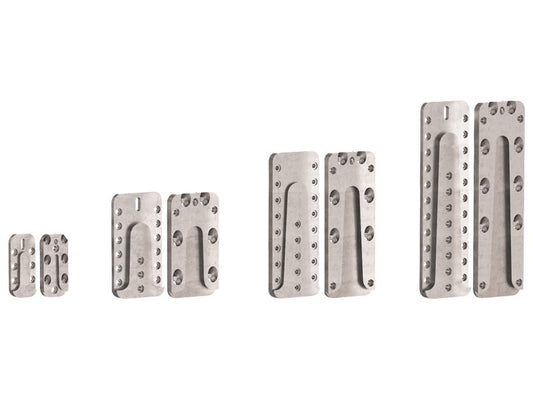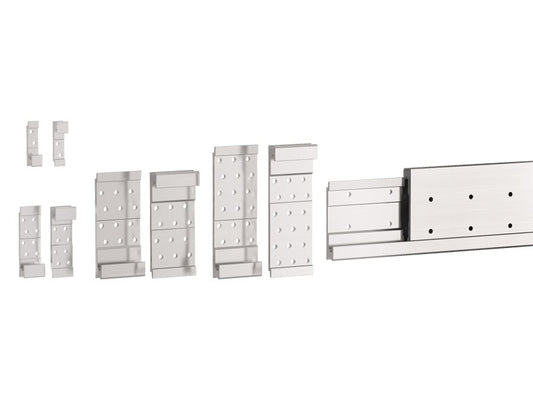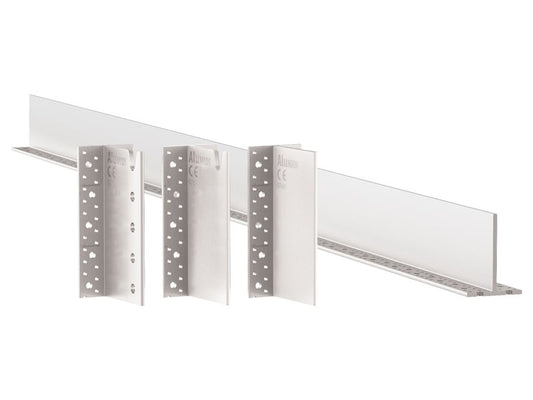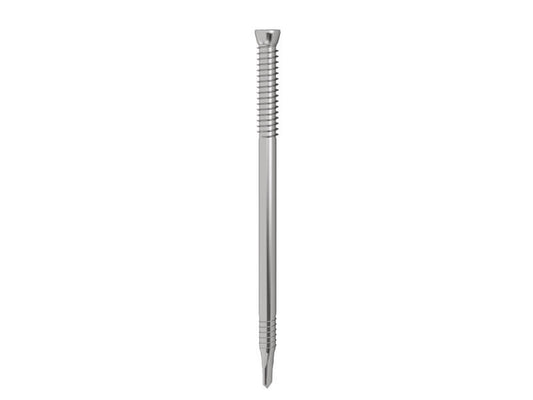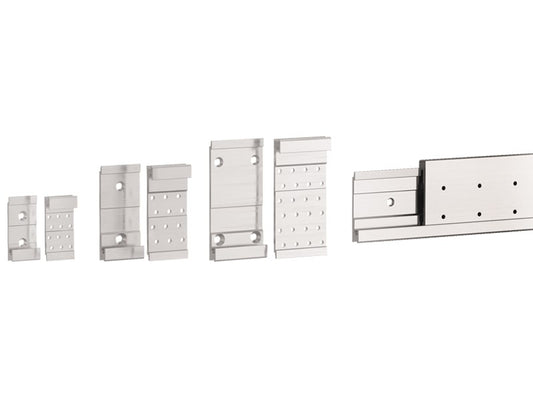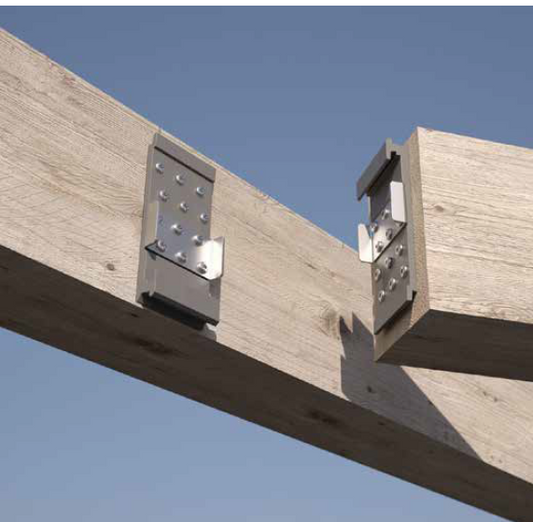
Timber Connectors
Strong, secure, and durable fixings for timber structures
Timber connectors are essential components in woodworking, construction, and structural engineering, providing strong, reliable, and long-lasting connections between timber elements. Whether you're using timber connector plates for reinforced joints, heavy-duty timber connectors for load-bearing applications, or concealed timber connectors for a seamless aesthetic, choosing the right connector ensures structural integrity and longevity.
From roof trusses and framing to decking, fencing, and furniture assembly, timber to timber connectors enhance stability, durability, and load transfer, making them vital for residential and commercial projects.
Our timber connectors are designed to create secure, durable connections in wood construction. Whether for beams, joists, or frames, they ensure stability and long-lasting strength. Find the right timber connector today.
-
UV-T Timber to Timber Connectors
Regular price From £24.17 GBPRegular priceUnit price / per -
Smooth Dowel
Regular price From £0.80 GBPRegular priceUnit price / per£0.00 GBPSale price From £0.80 GBP -
Clik/Lock T Concealed Hook Timber-to-Timber Connector
Regular price From £14.97 GBPRegular priceUnit price / per -
Alumidi Concealed Bracket
Regular price From £14.82 GBPRegular priceUnit price / per -
SBD HT Self-perforating Dowel (box of 50)
Regular price £138.43 GBPRegular priceUnit price / per -
Lock C Concealed Hook Timber-to-Concrete Connector
Regular price From £17.96 GBPRegular priceUnit price / per -
LockStop Side Locking
Regular price From £9.44 GBPRegular priceUnit price / per -
Timber Dowel f
Regular price £0.00 GBPRegular priceUnit price / per -
Dado Simplex Hidden Fastener
Regular price From £5.99 GBPRegular priceUnit price / per
How to use timber connectors?
Timber connectors work by joining wooden components together using plates, brackets, or fasteners to create secure and reinforced connections.
Step-by-step guide to using timber connectors
Choose the right timber connector
- Timber connector plates – used for roof trusses, flooring, and heavy-load applications.
- Heavy-duty timber connectors – designed for structural framing and high-stress areas.
- Timber to timber connectors – used for joining two wood elements together without additional supports.
- Concealed timber connectors – provides hidden fixings for a clean, aesthetic finish.
Mark and prepare the connection points
- Align the timber pieces and mark the connection areas.
- Ensure the timber surfaces are clean, level, and free of defects.
Attach the connector
- Position the timber connector plate or bracket in place.
- Secure using screws, bolts, or nails, ensuring full engagement with the wood.
Check for structural alignment
- Ensure the connection is tight and secure.
- Use clamps or braces for additional reinforcement if required.
Final inspection
- Check that the timber joint is firm and aligned.
- Apply wood sealants or protective coatings if necessary for weather resistance.
Proper use of timber connectors ensures secure, load-bearing structures that remain strong and stable over time.
What are the benefits of timber connectors?
Enhanced structural strength - Heavy-duty timber connectors distribute loads evenly, preventing stress concentrations and timber failure.
Increased durability and stability - Using timber connector plates and brackets reduces movement and enhances long-term performance.
Improved load transfer - Timber to timber connectors provide efficient load transfer, ensuring greater strength in joinery and framing.
Faster and easier installation - Modern timber connectors offer pre-drilled holes and precision-cut designs, making installation quicker and more efficient.
Aesthetic and concealed fixing options - For architectural and decorative timber structures, concealed timber connectors provide a seamless finish while maintaining strength and stability.
What are timber to timber connectors?
Timber to timber connectors are specifically designed to join two pieces of timber together, ensuring strong and secure joints without the need for additional supports.
Types of timber to timber connectors
- Timber connector plates – metal plates that provide rigid and reinforced timber joints.
- Brackets and joist hangers – designed for decking, flooring, and truss systems.
- Bolted timber connectors – heavy-duty fixings for structural beams, posts, and rafters.
- Dowel and slot connectors – used in furniture joinery and decorative timber framing.
These connectors distribute forces efficiently, ensuring maximum load-bearing capability and long-term stability.
How to install a concealed timber connector?
Concealed timber connectors are used in architectural and decorative applications where visible fixings need to be minimised for a clean, seamless look.
Step-by-step guide to installing a concealed timber connector
- Select the right concealed connector - Choose from hidden brackets, slotted connections, or recessed metal plates.
- Cut a recess for the connector - Use a router or chisel to create a hidden slot in the timber for the connector.
- Position the connector - Insert the concealed bracket or plate into the recess, ensuring it is flush with the timber surface.
- Secure the connector - Attach using screws or hidden dowels to lock the timber elements together.
- Check for alignment and strength - Ensure the connection is flush, stable, and secure.
Installing concealed timber connectors ensures structural integrity while maintaining a clean, aesthetically pleasing finish.
What type of timber connector do you need?
Choosing the right timber connector depends on the application, load requirements, and aesthetic considerations.
- Timber connector plates are commonly used in roof trusses, flooring, and timber framing, providing strong and rigid reinforcement for structural connections.
- Heavy-duty timber connectors are ideal for structural beams and high-load applications, ensuring stability in demanding environments.
- Timber to timber connectors are designed for joining two timber elements, making them suitable for furniture assembly, decking, and general carpentry.
- Concealed timber connectors are perfect for hidden fixings in decorative woodwork, offering a clean, seamless appearance while maintaining structural integrity.
- Adjustable timber brackets provide flexibility for irregular joints and custom installations, allowing fine-tuned positioning for secure fastening.
Selecting the correct timber connector ensures strong, stable, and long-lasting timber constructions.
Timber connectors are a crucial component in timber framing, construction, and structural reinforcement, providing secure, load-bearing connections. Whether you need heavy-duty timber connectors for structural framing, timber to timber connectors for joinery applications, or concealed timber connectors for aesthetic finishes, choosing the right connector ensures strength, stability, and durability.
By understanding how timber connectors work, their benefits, and correct installation techniques, builders and DIYers can create strong, long-lasting timber structures that withstand load-bearing forces and environmental exposure.
Timber build advice:
-

How to soundproof a timber house?
Find out how -
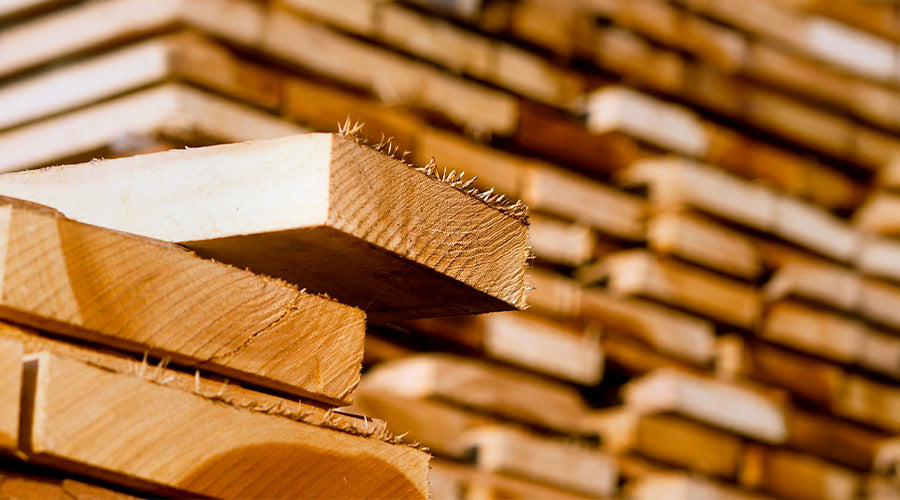
How to connect timber to…..?
Find out how -
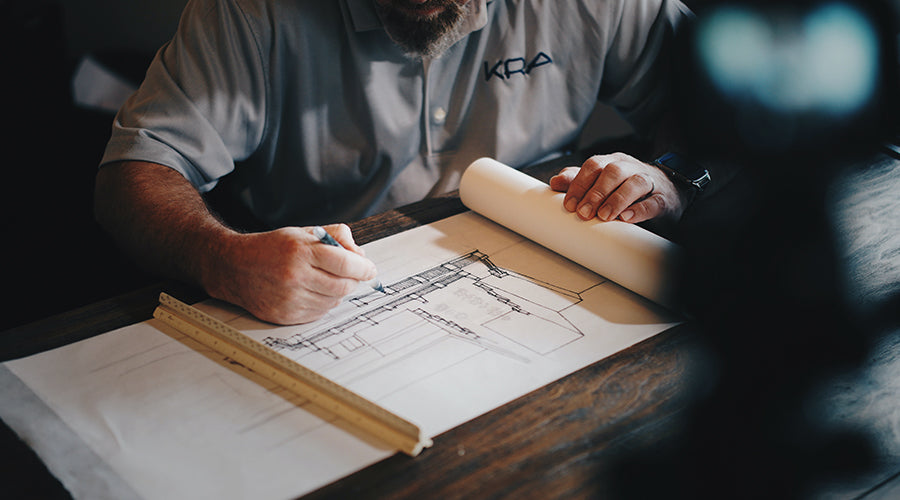
How to fix timber build noise issues?
Find out how
Need advice on your timber project?
Our team of experts are ready to assist you with any questions or guidance you may need for your timber construction. Whenever you're ready to delve deeper into the possibilities, feel free to reach out to us.

